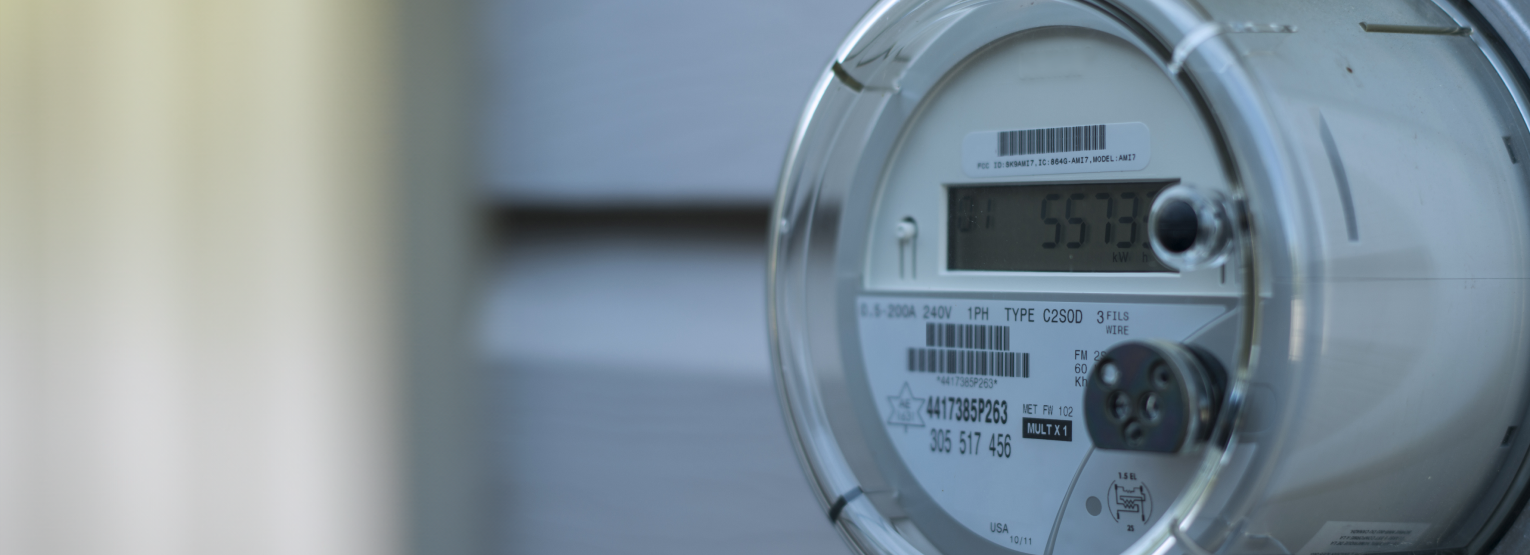Modern utility companies often face significant challenges in accurately accounting for resources. Issues such as water leaks, unauthorized electricity consumption, and other unaccounted losses can lead to additional costs and complicate tariff formation. This is why innovative IoT solutions, like remote resource monitoring via LoRaWAN wireless networks, are gaining increasing popularity.
The key advantage of remote resource metering is the ability to transmit data over long distances while operating with minimal energy consumption.As a result, utility services can gain deeper control over infrastructure, promptly detect malfunctions, and reduce maintenance costs. Such systems are especially valuable in regions where regular site inspections and manual data collection are difficult. By implementing remote data collection through LoRaWAN networks, companies significantly reduce the risk of overuse and respond more quickly to emergencies.
Technological Foundations and Advantages
The LoRaWAN protocol allows for the integration of hundreds or even thousands of meters installed in both residential buildings and industrial facilities that can be used for resource tracking. Data on current readings, sudden fluctuations, or potential network failures are centrally transmitted to a server. This solution of detecting leaks with smart meters, speeds up consumption analysis, simplifies the generation of summary reports, and facilitates timely decision-making.
Moreover, automating data collection minimizes the impact of human error. Traditional manual data recording methods are prone to mistakes and inaccuracies during documentation, but the transition to smart meters reduces these risks: all data is transmitted digitally, and built-in sensors respond to anomalies almost instantly.
Combating Losses and Environmental Benefits
For utility companies, it’s crucial not only to generate revenue but also to ensure reliable resource supply to consumers with minimal environmental impact. Improving loss prevention through smart metering has a dual positive effect: on one hand, it reduces the amount of unaccounted-for cubic meters of water or kilowatt-hours of electricity, and on the other, it lowers environmental emissions, as excessive extraction and transportation of resources are directly linked to energy consumption.
Using LoRaWAN to reduce resource losses also helps build a positive reputation among customers and regulatory authorities. The faster utility operators detect unauthorized connections, leaks, or system failures, the less money is spent on the necessary emergency response. This results in more transparent reporting for enterprises and fairer tariffs and higher service quality for consumers.
Monitoring Capabilities and Rapid Response
The implementation of intelligent LoRaWAN-compatible meters paves the way for continuous monitoring of service quality and resource volumes. The system is not limited to collecting data once a day—it uses real-time monitoring. This is especially relevant in large cities, where distributed networks are challenging to inspect manually, while any delay in detecting failures can lead to substantial financial losses.
This functionality is complemented by real-time loss detection, which involves transmitting emergency notifications via low-frequency network channels. If a sensor detects a sudden significant increase in water consumption, a drop in pipeline pressure, or an abnormally high load on the power grid, a signal is immediately sent to the dispatch center. Engineers and technicians can arrive at the incident site far sooner than would otherwise have been the case, preventing the situation from escalating into a serious failure.
Cost Reduction and Reliability Improvement
The use of remote metering devices directly impacts a utility company’s financial stability. Reducing energy and water loss lowers operating costs, freeing up funds that can be invested in infrastructure upgrades or expansion. Beyond financial savings, companies also benefit reputationally—customers appreciate transparent billing without hidden charges to cover theft or leakage compensation.
The adoption of LoRaWAN for resource monitoring also reflects a company’s commitment to modern technology and innovation. In the past, utility management relied on averaged data and could not react promptly to system failures, including leakage detection. Now, with advanced LoRaWAN-based management, many processes are automated. This eliminates subjective errors and makes the system more predictable—for both utility providers and consumers expecting consistent service.
Transition to Smart Solutions: A Development Strategy
Successful utility companies seek a balance between technological advancements and service affordability for the public. Deploying a smart metering network combined with analytical software ensures the necessary transparency at all stages of resource accounting. Minimizing wastage with LoRaWAN and remote resource monitoring is no longer just an experimental trend but a practical solution being implemented in many regions.
In the future, smart systems using artificial intelligence and predictive analytics will see even wider adoption, enabling the detection of potential leaks before they occur. This technological evolution will further solidify remote resource accounting as a vital component of modern utility infrastructure. As a result, the industry will become more sustainable, environmentally friendly, and customer-focused, preparing businesses for new challenges and opportunities in the era of digital transformation.



